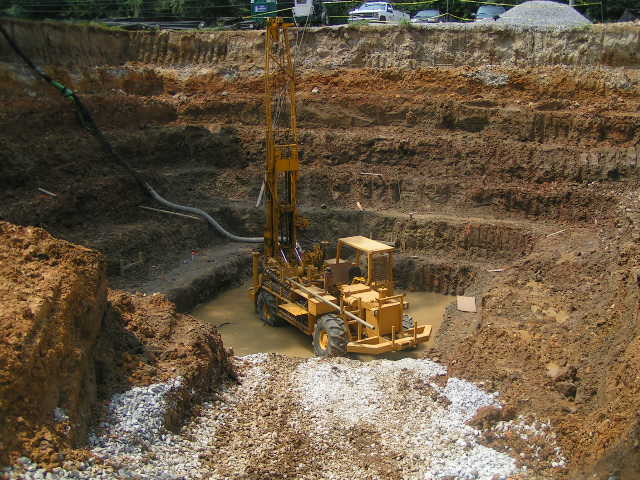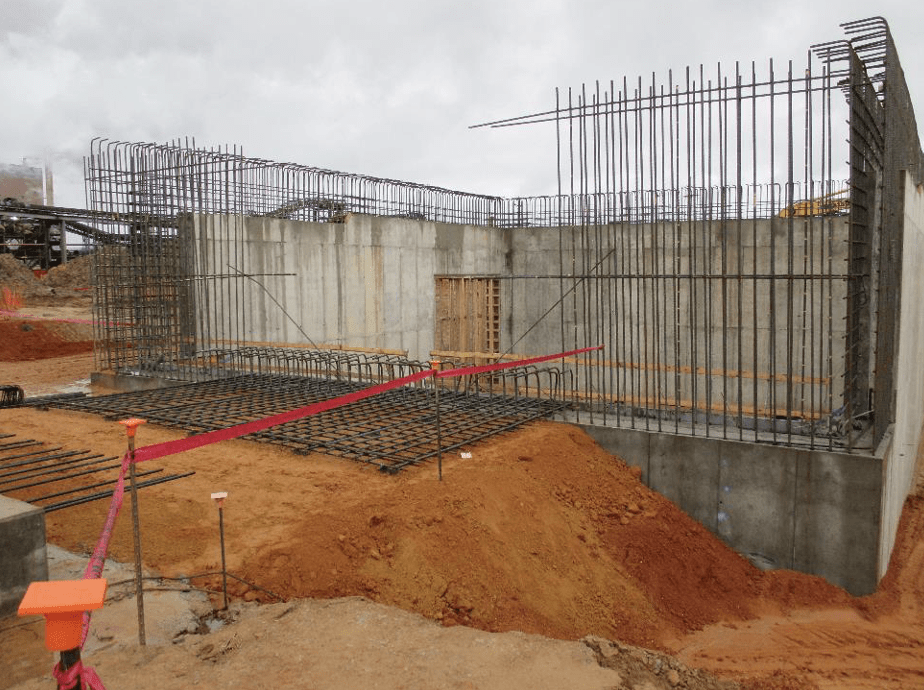Geotechnical Geologist Solutions for Accurate Dirt and Rock Evaluation
Wiki Article
Exactly How Consulting Engineers Enhance Geotechnical Design Projects: Insights Into Their Proficiency, Approaches, and Collaborative Approaches
Consulting designers are essential in improving geotechnical engineering tasks, using their specialized expertise to navigate the intricacies of subsurface problems. Their techniques include a range of site examination strategies, including Standard Infiltration Tests (SPT) and Cone Penetration Examinations (CPT), which educate critical decisions during the layout and building and construction phases. Their collective strategies foster communication amongst diverse task stakeholders, ultimately shaping the project's trajectory. As we examine the diverse functions these professionals play, it ends up being clear that their contributions extend past technical competence, motivating a closer look at the effects for job success.Role of Consulting Engineers
The know-how of speaking with engineers in geotechnical engineering is basic to the successful implementation of construction tasks. These professionals play a pivotal duty in evaluating soil and rock properties, which are crucial aspects affecting style and building and construction decisions. By performing complete website investigations, consulting engineers gather necessary information that educates the style procedure, making sure jobs are developed on steady and appropriate ground.Consulting engineers also provide important insights into threat monitoring (geotechnical geologist). They determine prospective geotechnical risks, such as landslides, soil liquefaction, and negotiation concerns, allowing stakeholders to execute effective mitigation strategies. Their knowledge aids in optimizing structure styles, which can cause considerable cost financial savings and boosted safety and security
In addition, seeking advice from designers offer as an important link in between job proprietors, designers, and professionals. Their ability to convert complicated geotechnical information into workable suggestions fosters cooperation and helps with educated decision-making throughout the job lifecycle. This multidisciplinary approach not just improves job performance yet additionally makes certain conformity with regulatory criteria and best methods.
Key Methods in Geotechnical Engineering

One primary approach is website examination, which entails performing area examinations and research laboratory analyses to gather data on subsurface conditions. Techniques such as Standard Penetration Testing (SPT) and Cone Penetration Testing (CPT) are widely used to review dirt stratigraphy and toughness. In addition, geophysical approaches, consisting of seismic and electric resistivity surveys, offer non-invasive ways to evaluate subsurface qualities.
One more vital method is numerical modeling, which enables engineers to simulate numerous circumstances and forecast exactly how soil-structure interactions will behave under various loading problems. Limited Aspect Analysis (FEA) is an usual technique utilized in this context.
Additionally, the style of foundations, retaining structures, and earthworks counts greatly on these methods - geotechnical geologist. By incorporating sophisticated logical tools with field data, seeking advice from designers can create customized services that deal with certain task obstacles, inevitably contributing to the stability and safety of building tasks
Value of Soil Analysis
Soil analysis offers as a foundational element in geotechnical design, offering crucial insights right into the physical and chemical properties of dirt required for effective building and construction preparation. Comprehending soil qualities is vital for identifying its load-bearing ability, drainage habits, and possibility for negotiation or instability. Comprehensive dirt examinations, consisting of sampling and lab screening, aid identify parameters such as soil kind, dampness content, density, and shear stamina.
These analyses notify the option of appropriate construction strategies and materials, ultimately influencing job security and durability. As an example, natural dirts might require different foundation designs compared to granular soils, necessitating tailored engineering options. Furthermore, dirt analysis aids in identifying contaminants that could pose risks to human health or the environment, allowing for the growth of reduction approaches.
Incorporating dirt evaluation right into the beginning of project development aids to lessen unanticipated difficulties, making certain that designers can anticipate and resolve possible concerns prior to they intensify. By establishing an extensive understanding of the site conditions, consulting designers can maximize design efficiency and reduce costs, thus enhancing the overall success of geotechnical engineering projects.
Collaborative Approaches in Tasks
Effective geotechnical tasks often rest on joint techniques that combine diverse competence from various self-controls. Effective cooperation among consulting geotechnical works designers, geologists, environmental researchers, and building and construction experts is vital for resolving intricate obstacles and maximizing project results. By leveraging the unique skills and expertise of each employee, tasks can gain from an alternative understanding of the website conditions, regulative needs, and design constraints.Routine communication and interdisciplinary meetings assist in the sharing of understandings and foster a culture of synergy. These collaborative efforts allow the identification of prospective threats early in the project lifecycle, permitting timely reduction methods. Including feedback from stakeholders, consisting of regional areas and regulative firms, guarantees that all point of views are taken into consideration, enhancing project acceptance and conformity.
In addition, the combination of sophisticated innovations, such as Geographic Info Solution (GIS) and Building Information Modeling (BIM), further enhances collaboration. These tools permit the real-time sharing of data and visualization of geotechnical problems, advertising educated decision-making. Eventually, a collective technique not only improves project execution but additionally lays the structure for ingenious services to complicated geotechnical engineering challenges.
Influence On Task Results

Consulting engineers utilize innovative methods such as risk analysis and predictive modeling, which boost the accuracy of task forecasts. Their capability to integrate ingenious technologies, like geotechnical instrumentation and information analytics, further improves the design and building processes. Consequently, jobs experience boosted effectiveness, lowered costs, and lessened hold-ups.
Moreover, fostering efficient interaction and cooperation amongst team members improves analytical capacities. When obstacles develop, a joined front permits speedy identification of solutions, avoiding prospective obstacles. Inevitably, the joint initiatives of consulting engineers add to better results, making sure that tasks fulfill both governing standards and client assumptions.
Verdict

Report this wiki page